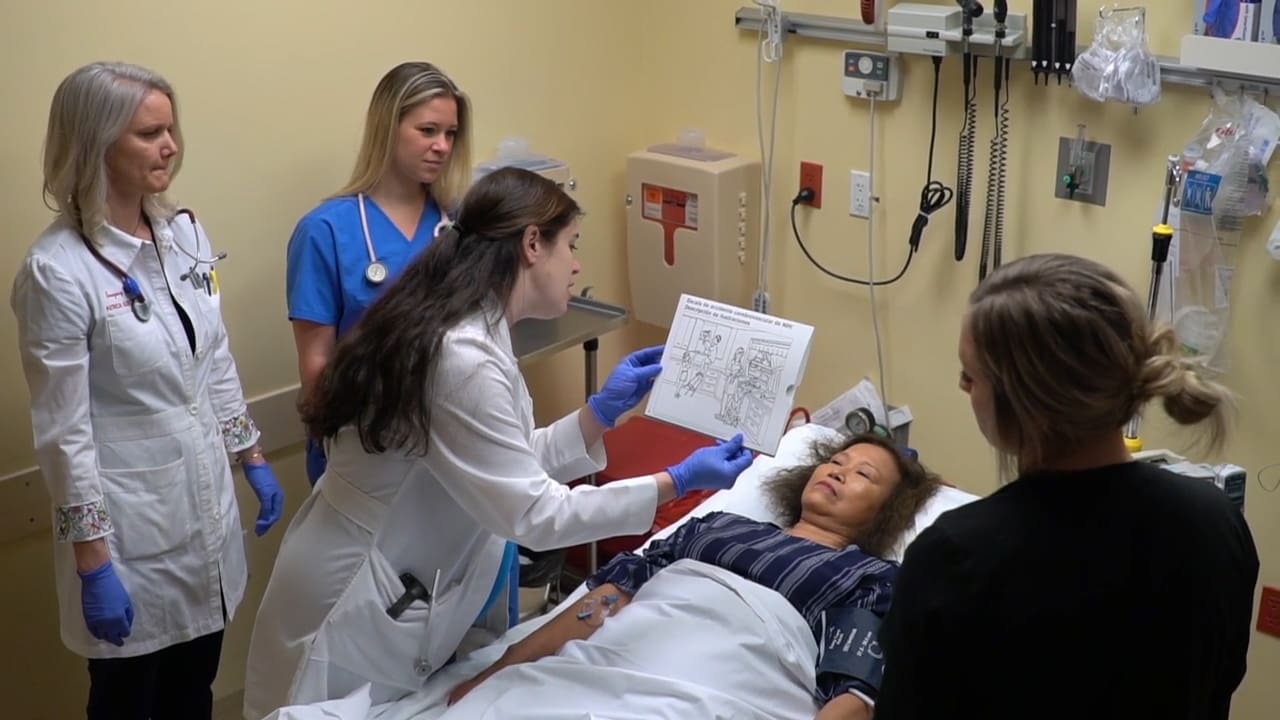
Ischemic stroke
Ischemic stroke – the most common form of stroke occurs when a blood vessel is clogged, preventing blood from flowing to the brain. Timing is critical for treating patients with ischemic stroke. Clot-busting medication (tPA) can be administered if the patient arrives quickly and tPA can be started within 3 hours after the symptoms started (up to 4.5 hours in some cases).
Minimally-invasive procedures by a neurointerventional radiologist may remove the blood clot from clogged vessels.
During the patient assessment the Stroke Team will diagnose why the stroke occurred. Some common reasons include:
- Clot from the heart
- Blockage of the blood vessels going to the brain
- Irregular rhythm of the heart that causes a blood clot to form
- High levels of cholesterol causing blockage
Hemorrhagic stroke
Hemorrhagic stroke – or a “bleeding stroke” usually happens when a blood vessel becomes weak enough that it ruptures. High blood pressure is a major risk factor leading to blood vessel weakness. Sometimes the blood vessel weakness leads to the development of brain aneurysms (an area of the blood vessel wall bulging out). Aneurysms can be treated before they bleed either by open surgery to snap them shut with clips or minimally invasive surgery with coils.
Transient ischemic attack (TIA)
Transient ischemic attack (TIA) – is also referred to as a “mini-stroke” or “warning stroke” and is a temporary interruption of the blood flow to an area of the brain. TIAs are an indication that a person is at risk for having a stroke.